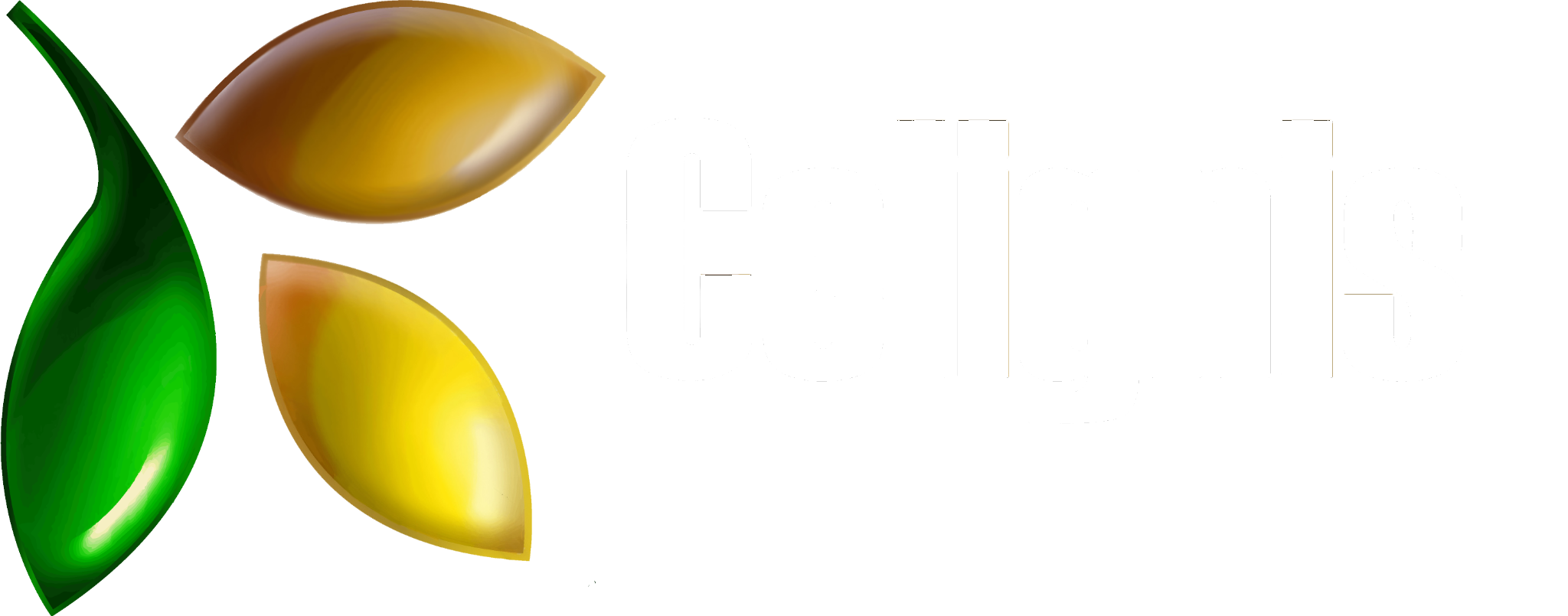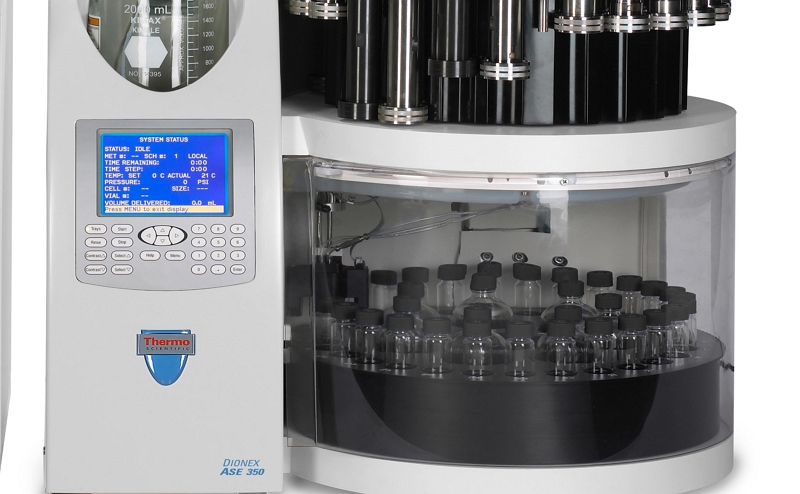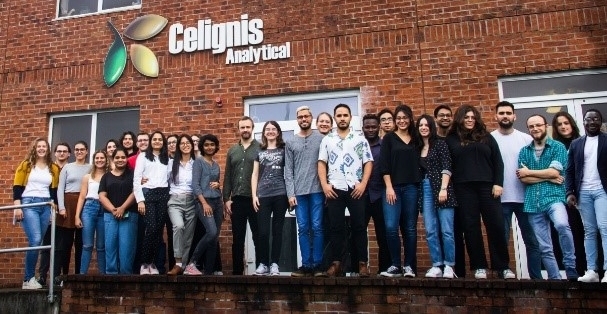Analysis of Flavonoids
Background
Flavonoids are a diverse group of plant compounds that belong to the larger class of phytonutrients known as polyphenols.
They are widely distributed in various fruits, vegetables, herbs, and beverages like tea and wine.
Flavonoids are responsible for the vibrant colors of many plant tissues, such as the red, blue, and purple hues in berries
and the yellow and orange tones in citrus fruits.
There are more than 6,000 known flavonoids, and they can be categorized into several subclasses based on their chemical structures, including flavonols, flavones, flavanones, flavan-3-ols (catechins), anthocyanins, and isoflavones.
There are more than 6,000 known flavonoids, and they can be categorized into several subclasses based on their chemical structures, including flavonols, flavones, flavanones, flavan-3-ols (catechins), anthocyanins, and isoflavones.
Flavonoids are known for their potential health benefits due to their antioxidant and anti-inflammatory properties.
They scavenge harmful free radicals, which can cause oxidative stress and damage to cells. By neutralizing free radicals,
flavonoids help protect the body's cells from oxidative damage and contribute to overall health and well-being.
Flavonoids in Different Types of Biomass
Examples of some flavonoids found in herbal leaf extracts are listed below:
Get more info...Herbal Leaf Extracts
- Quercetin - It is one of the most abundant flavonoids found in plants and is widely distributed in herbal leaves. It is known for its antioxidant and anti-inflammatory properties. Quercetin-rich herbs include onions, kale, broccoli, and green tea.
- Kaempferol - Found in various herbs and leafy vegetables like kale, spinach, and tea leaves. It also has antioxidant and anti-inflammatory properties and has been associated with potential benefits for heart health and cancer prevention.
- Apigenin - This is commonly found in chamomile, parsley, and celery leaves. Apigenin has been studied for its potential to inhibit cancer cell growth, promote relaxation, and support sleep quality.
- Luteolin - This flavonoid is present in certain herbal leaves such as thyme, peppermint, and celery. It has been investigated for its potential neuroprotective effects and immune-modulating properties.
- Rutin - A flavonoid glycoside that can be found in herbs like buckwheat, as well as citrus fruits and other plant sources. It is known for its antioxidant properties and has been studied for its potential benefits in strengthening blood vessels and reducing the risk of cardiovascular diseases.
Get more info...Herbal Leaf Extracts
Examples of some flavonoids found in bark are listed below:
Get more info...Bark
- Quercetin - This is one of the most abundant flavonoids found in plants and is known for its antioxidant and anti-inflammatory properties. It is found in the bark of some trees, such as oak.
- Rutin - Also known as rutoside, rutin is a flavonoid that is found in numerous plant species, including the bark of some trees. Rutin is known for its antioxidant properties and potential benefits for blood vessel health.
- Epicatechin - This is a type of flavan-3-ol, a subclass of flavonoids, found in a variety of plants including the bark of certain tree species. Epicatechin has been researched for its potential cardiovascular benefits.
- Kaempferol - This flavonoid is found in a variety of plant foods and in the bark of some trees. It is known for its antioxidant properties and has been studied for potential anti-cancer and anti-inflammatory effects.
- Proanthocyanidins - Also known as condensed tannins, these complex flavonoids are found in many plants, including tree bark. They're known for their antioxidant properties and contribute to the astringent qualities of many plant foods.
Get more info...Bark
Examples of some flavonoids found in roots are listed below:
Get more info...Roots
- Isoflavones - These compounds are particularly rich in the roots of leguminous plants, especially soybeans. They function as phytoestrogens, plant compounds that can interact with estrogen receptors in animals and humans. Isoflavones are studied for potential benefits in alleviating symptoms of menopause, protecting against certain cancers, and promoting heart health.
- Hesperidin - This flavanone glycoside is found in the roots of citrus trees, among other plant parts. Hesperidin is known for its antioxidant, anti-inflammatory, and potential cardiovascular benefits.
- Puerarin - An isoflavone found in the root of the kudzu vine (Pueraria lobata). It has been investigated for numerous potential health benefits, including effects on cardiovascular health, diabetes, and neurological conditions.
- Epimedin - Found in the roots of the Epimedium plant (also known as Horny goat weed), these flavonoids are used in traditional Chinese medicine and are being studied for potential benefits in bone health.
- Liquiritin - This is a flavone found in the roots of the licorice plant (Glycyrrhiza glabra). It has antioxidant and anti-inflammatory properties, and it has also been studied for potential neuroprotective effects.
- Curcumin - This polyphenolic compound is found in the roots of the turmeric plant (Curcuma longa). It is well-known for its anti-inflammatory and antioxidant effects and is being researched for potential benefits in a wide range of conditions, from cancer to neurological diseases.
Get more info...Roots
Examples of some flavonoids found in flowers are listed below:
Get more info...Flowers
- Anthocyanins - As one of the most common types of flavonoids, anthocyanins give flowers their red, purple, and blue pigments. The coloration helps to attract pollinators to the flowers. They are found in a wide variety of flowers such as petunias, roses, violets, and pansies. Click here to read more about anthocyanins.
- Flavones - Flavones are less colorful than anthocyanins, but they are crucial to the plant's interaction with the environment. They help in regulating cellular activity and fighting off microbial infections. They also contribute to the subtle coloration of white or pale yellow flowers.
- Flavonols - In flowers, flavonols can influence petal color, particularly in enhancing the colors produced by other pigments. For instance, they can modify the color of anthocyanin pigments from a true blue to a more purplish-blue.
- Chalcones and Aurones - These flavonoids provide the bright yellow colors found in many flowers such as sunflowers, and daisies.
Get more info...Flowers
Examples of some flavonoids in fruits and vegatables
are listed below:
Get more info...Fruit & Veg
- Flavonols - The most common flavonoids, they are found in a wide range of fruits and vegetables. Onions, kale, leeks, broccoli, apples, berries, and tea are all rich in flavonols.
- Flavan-3-ols - This group includes catechins, which are found in high amounts in green tea, apples, berries, and cocoa (chocolate).
- Flavanones - Found in citrus fruits, these flavonoids have been linked to a lower risk of stroke.
- Anthocyanins - These give red, blue, and purple fruits and vegetables their vibrant colors. Berries, red onions, kidney beans, pomegranates, and grapes are all high in anthocyanins.
- Isoflavones - Found in soy products, these flavonoids have estrogen-like effects and may help reduce symptoms of menopause and prevent osteoporosis.
- Flavones - Found in parsley, thyme, celery, and hot peppers, they are less common but still contribute to a healthy diet.
Get more info...Fruit & Veg
Examples of some flavonoids in seeds
are listed below:
Get more info...Seeds
- Flavonols - Flavonols are often found in high amounts in seeds. Examples include quercetin and kaempferol, which have been studied for their potential health benefits such as anti-inflammatory and antioxidant properties.
- Isoflavones - Soybean seeds are rich in isoflavones like genistein and daidzein. They have been studied for their potential benefits to heart health and hormone regulation.
- Flavan-3-ols - These include compounds like catechins, which are found in certain seeds like grape seeds and have antioxidant properties.
- Flavanones - Examples of flavones in seeds include apigenin in celery seeds, luteolin in parsley seeds, and tricetin and tricin in chia seeds.
- Proanthocyanidins - Also known as condensed tannins, these are complex flavonoid polymers found in many types of seeds, including grape seeds and cranberry seeds. They have been studied for their antioxidant and anti-inflammatory properties.
Get more info...Seeds
Extraction of Flavonoids from Biomass
The extraction process, including the solvents and methods used, can influence the concentration and types of flavonoids present in the final extract.
It is often the case that a balance needs to be found between fully-extracting all flavonoids while also ensuring that the compounds that are
obtained are of a high quality and not degraded.
At Celignis we have extensive experience in the design and optimisation of extraction protocols for a wide variety of chemical constituents from many different biomass types. If needed we can also work on processes to separate and purify the target compounds.
Click here to read more about Celignis's Bioprocess Development Services for the extraction of chemicals from biomass.
Get more info...Biomass Extractions
At Celignis we have extensive experience in the design and optimisation of extraction protocols for a wide variety of chemical constituents from many different biomass types. If needed we can also work on processes to separate and purify the target compounds.
Click here to read more about Celignis's Bioprocess Development Services for the extraction of chemicals from biomass.
Get more info...Biomass Extractions
Analysis of Flavonoids at Celignis
We have the necessary equipment and expertise to determine the amount and distribution of flavonoids in
a wide variety of biomass samples.
Feel free to get in touch with us to request further information and a quotation.
Request a QuoteFlavonoids Analysis
Feel free to get in touch with us to request further information and a quotation.
Request a QuoteFlavonoids Analysis







